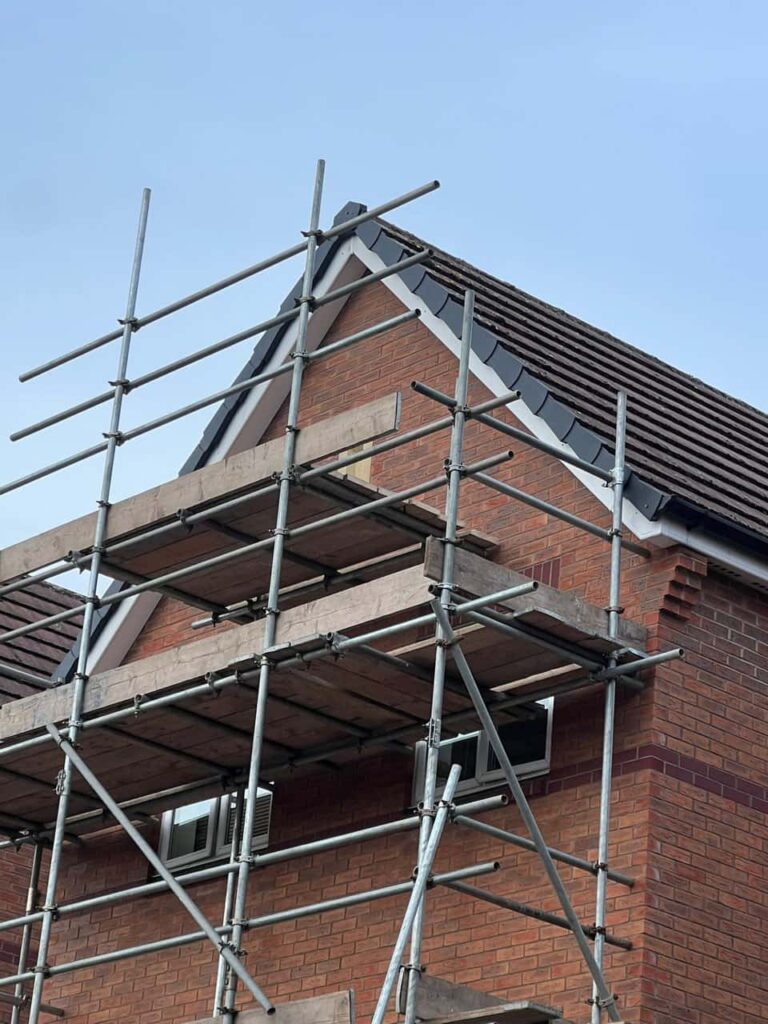Introduction: Gable roofs are a classic architectural feature that not only enhances the aesthetic appeal of a building but also provides excellent protection against the elements. However, one often overlooked aspect of gable roofs is proper ventilation. Inadequate ventilation in gable roof spaces can lead to various problems, including reduced energy efficiency, moisture buildup, and potential structural damage. In this blog post, Gamston Roofing Repairs explores the importance of ventilation in gable roof spaces and offers solutions to address ventilation issues effectively.
The Significance of Gable Roof Ventilation
Proper ventilation in gable roof spaces is essential for several reasons:
- Moisture Control: Ventilation helps prevent moisture buildup in the attic or loft space, reducing the risk of mould, mildew, and rot.
- Temperature Regulation: Adequate ventilation helps regulate temperatures in the attic, preventing extreme heat in summer and excessive cold in winter.
- Energy Efficiency: A well-ventilated gable roof space can contribute to improved energy efficiency by reducing the need for excessive heating or cooling.
- Structural Integrity: Ventilation helps protect the roof’s structural components, such as rafters and sheathing, from damage caused by moisture and temperature fluctuations.
Common Ventilation Issues in Gable Roofs
- Insufficient Ventilation: Inadequate ventilation can trap heat and moisture, leading to problems like condensation and reduced energy efficiency.
- Blocked Ventilation Pathways: Obstructions or insulation placed over ventilation openings can impede the airflow and diminish the effectiveness of ventilation systems.
- Improper Vent Placement: Incorrect placement of vents can lead to uneven ventilation, with some areas receiving more airflow than others.
- Ageing Ventilation Systems: Over time, ventilation systems may deteriorate or become clogged, reducing their ability to function effectively.
Addressing Gable Roof Ventilation Issues
- Install Ridge Vents: Ridge vents placed along the ridge of the gable roof are an excellent way to provide continuous ventilation. They allow hot air to escape while drawing fresh air through soffit vents or other openings.
- Soffit Vents: Soffit vents are placed under the roof’s eaves, allowing cool, fresh air to enter the attic space. Properly paired with ridge vents, they create a balanced airflow.
- Gable Vents: Gable vents are placed in the gable end walls and can complement ridge and soffit vents. They can be aesthetically pleasing while serving as effective ventilation points.
- Attic fans can be installed to enhance ventilation by actively expelling hot air from the gable roof space. They are particularly useful in areas with inadequate natural airflow.
- Proper Insulation: Ensure that insulation in the gable roof space is installed correctly and does not block ventilation pathways.
- Regular Maintenance: Inspect and maintain your ventilation system to ensure it functions optimally. Remove debris or obstructions that may hinder airflow.
Conclusion: Addressing ventilation issues in gable roof spaces is crucial for maintaining a healthy, energy-efficient, and structurally sound home. Proper ventilation helps control moisture, regulate temperature, and improve overall comfort. By addressing ventilation issues promptly and choosing the right ventilation solutions, you can enjoy the full benefits of your gable roof while safeguarding your home against potential problems.
Call us on: 0115 647 1193
Click here to find out more about Gamston Roofing Repairs
Click here to complete our contact form and see how we can help with your roofing needs.

